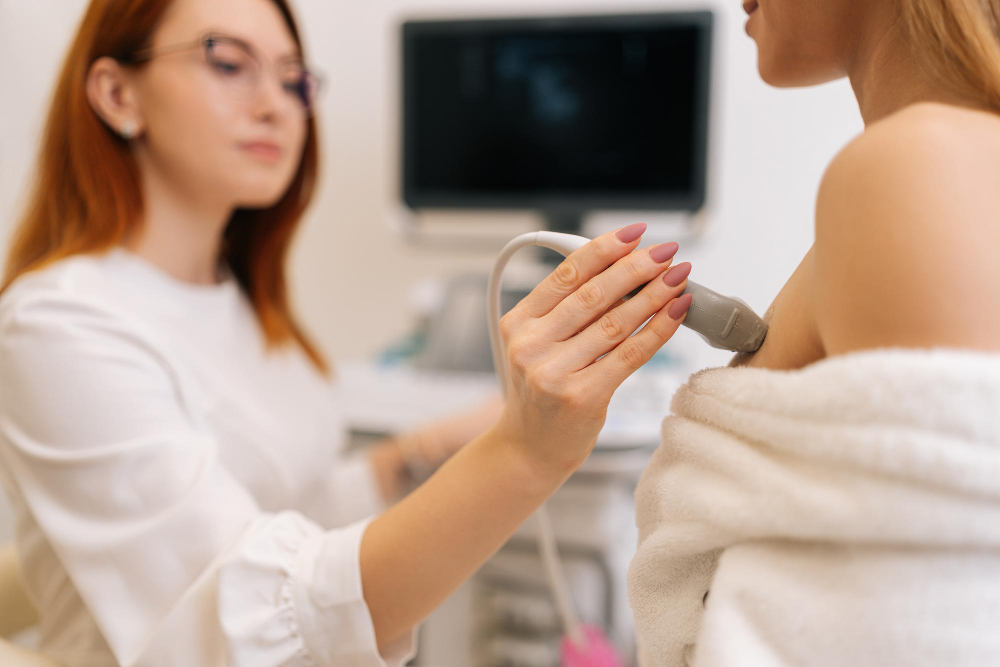Introduction
Many people search for the truth about breast ultrasound. Often, they find confusing information. In this blog, we will explore breast ultrasound myth vs fact. We will also discuss breast ultrasound accuracy, breast cancer screening myths, and ultrasound vs mammogram. Understanding these topics can help you make better health choices.
Common Myths About Breast Ultrasound
There are several myths about breast ultrasound. However, knowing the facts is important. Here are some common myths:
Myth: Breast ultrasound can detect all types of breast cancer.
Myth: Ultrasound is always better than a mammogram.
Myth: Breast ultrasound uses harmful radiation.
Myth: Only women with symptoms need a breast ultrasound.
Myth: Breast ultrasound is painful.
Facts About Breast Ultrasound
Now, let’s look at the facts. These points clear up the confusion:
Fact: Breast ultrasound is helpful, but it may not find all cancers. Sometimes, small or deep lumps are missed.
Fact: Ultrasound and mammogram work differently. Often, doctors use both for better results.
Fact: Breast ultrasound does not use radiation. Instead, it uses sound waves, making it safe.
Fact: Doctors may suggest an ultrasound even if you have no symptoms. For example, it helps check dense breast tissue.
Fact: Most people feel no pain during a breast ultrasound. The process is usually gentle and quick.
How Breast Ultrasound Works
Breast ultrasound uses sound waves to create pictures of the inside of your breast. First, a gel is placed on your skin. Then, a small device called a transducer moves over the area. As a result, the sound waves bounce back and form images on a screen. This test helps doctors see lumps or changes in breast tissue. According to the CDC, ultrasound is safe and does not use radiation.
When Is Breast Ultrasound Recommended?
Doctors may recommend breast ultrasound in several situations. For example, it is useful when:
You have a lump that needs closer examination.
Your breast tissue is dense, making mammograms harder to read.
You are under 40 and have breast symptoms.
You are pregnant and need a safe test.
Doctors want to guide a needle for a biopsy.
However, ultrasound is not always used for routine breast cancer screening. The American Cancer Society notes that mammograms remain the main screening tool.
Benefits and Limitations
Like any test, breast ultrasound has benefits and limits. Let’s look at both sides:
Benefits:
Safe and painless
No radiation exposure
Good for checking lumps in dense breasts
Useful for guiding biopsies
Limitations:
May miss small or deep cancers
Cannot replace mammograms for routine screening
Sometimes finds harmless lumps, causing worry
Therefore, doctors often use both ultrasound and mammogram for a complete picture.
Frequently Asked Questions
Is breast ultrasound accurate?
Breast ultrasound accuracy is high for some lumps, but not all. It works best for cysts and some solid lumps. However, it may miss very small cancers.
Can ultrasound replace a mammogram?
No, ultrasound vs mammogram is not a choice. Both tests have different uses. Mammograms are better for routine screening.
Is breast ultrasound safe?
Yes, it is safe. It uses sound waves, not radiation.
Does breast ultrasound hurt?
Most people feel no pain. Some may feel mild pressure from the device.
Who should get a breast ultrasound?
Doctors decide based on your age, symptoms, and breast tissue type.
Conclusion and Call-to-Action
In summary, knowing the truth about breast ultrasound helps you make better choices. While myths can cause fear, facts give you confidence. If you have questions about breast ultrasound, consult a healthcare specialist for personalized advice.


